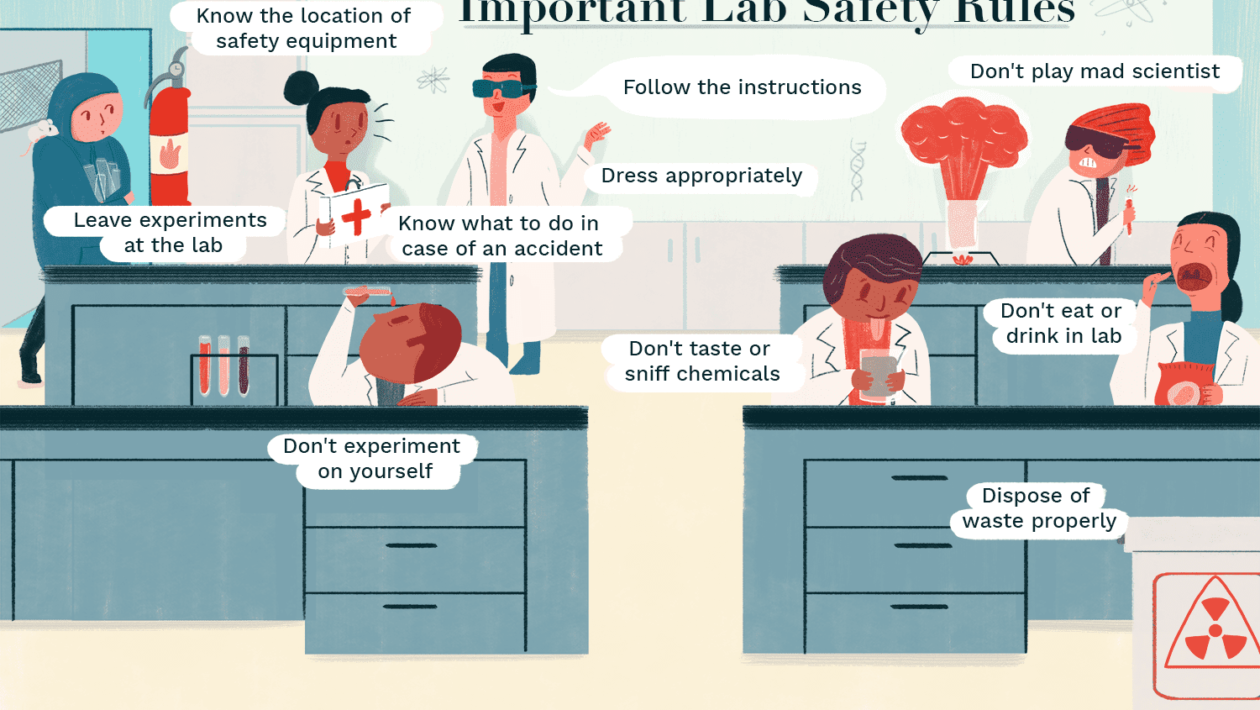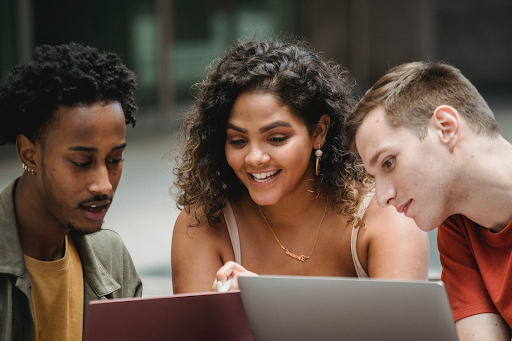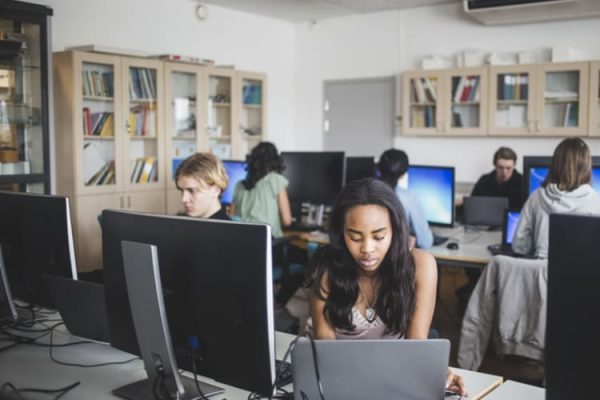The laboratory, where people are working their hardest to make new discoveries and are pushing the envelope of human understating, is an amazing place to be. It can also be quite dangerous. That is why strong health and safety measures are critical to protecting those that are working in the lab.
Why Laboratory Safety Rules Are Crucial
Due to the combination of dangerous materials, the unknown nature of the result of experiments and the potential for dangerous reactions, safety protocols need to be thorough and enforced in laboratories to protect those working there. What are the most important of these science lab safety rules?
9 Lab Safety Rules to Ensure a Safe and Fun Laboratory Environment
- Wear Appropriate Lab Attire
There is a dress code in the lab for a reason. Lab coats, no loose hair or jewellery, appropriate safety gear and a focused attitude should be always worn in the lab.
- Respect the Lab Equipment
The equipment that is used in the lab is expensive, sensitive and accuracy in the lab depends on following protocol when it comes to equipment. Respect the equipment by using it as it was designed to be used.
- Have the Proper Safety Equipment Easily Accessible
Fire extinguishers, fire blankets, eye washes and other safety equipment should all be clearly labelled, easily accessible and discussed with participants prior to the start of any experiment or study.
- Personal Protective Equipment for Everyone
Personal protective equipment is the last line of defence, protecting the laboratory participants from any type of spill or hazard that may accidentally happen. Safety goggles, lab coats, ear plugs, gloves and other basic safety equipment all need to be available and worn at all times in the lab.
- Properly Store Hazardous Chemicals
According to Andrew from Yorlab said “Hazardous chemicals are dangerous and should be treated as such. All hazardous chemicals should be locked away and only brought out when they are to be used in experiments.”
- Ensure Proper Ventilation
Part of working in the lab is mixing chemicals and creating combinations that you would never mix in any other conditions. A proper fume hood and adequate ventilation are critical for any lab to be safe to work in.
- No Food or Beverage in the Laboratory
Do not eat or drink in the laboratory. Plain and simple. Food and drinks belong in the cafeteria or in the lunchroom. Keep them there!
- Do Not Take Lab Equipment or Experiments out of the Lab
Lab equipment belongs in the lab. The experiments also belong in the lab. All equipment and ongoing experiments are to stay within the laboratory at all times and are not to be removed without the express permission of the senior lab attendee.
- Know the Emergency Procedures
What do you do when you spill a chemical or start a fire? These questions should be answered prior to any work being done and every single person in the lab should know what to do if there is an emergency.





